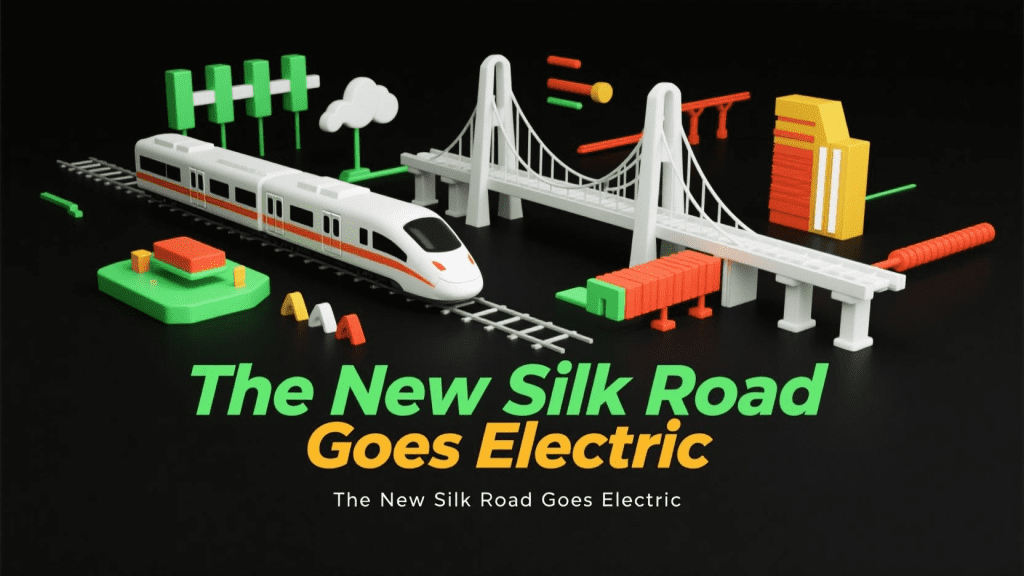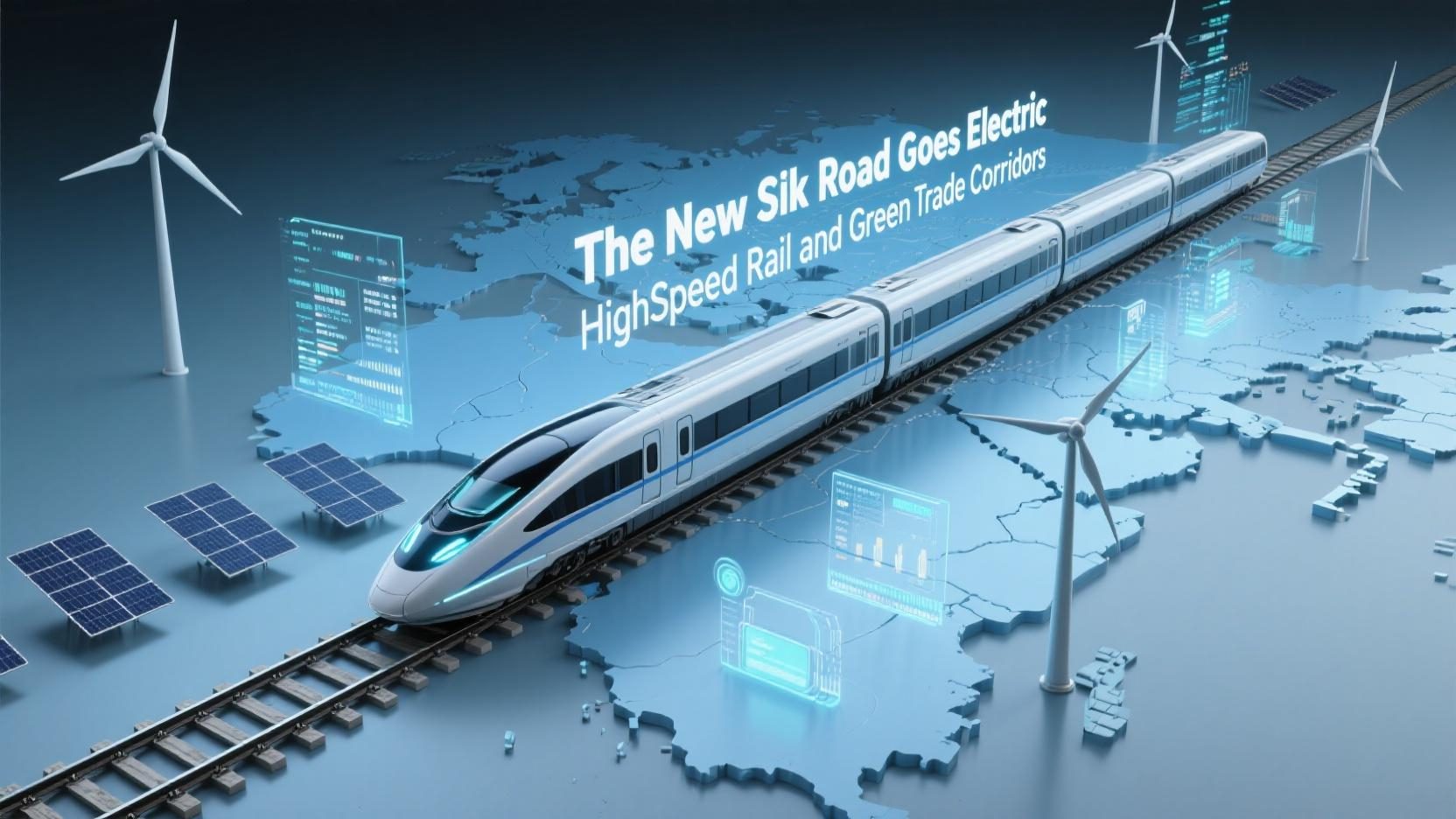For centuries, the Silk Road symbolized the heart of global commerce, weaving together markets from Asia, Europe, and beyond. Today, its 21st‑century incarnation is rising — an electric, green, digital Silk Road powered by high‑speed rail, renewable energy, and smart infrastructure. This shift is reshaping international trade dynamics and unlocking unprecedented economic potential.
The Electric Artery of Global Trade
Modern nations across Europe and Asia are investing billions in electrified rail corridors, making rail an increasingly viable alternative to traditional sea and air transport:
-
Speed and Efficiency: The new generation of electric freight trains operate at speeds of 250 km/h, reducing transit times between Chinese and European hubs from 40 days by sea to 12–14 days by rail.
-
Low Carbon Footprint: Compared with air transport, electric rail can reduce CO₂ emissions by 90%, making it ideal for sustainable supply chains.
-
High Connectivity: New digital platforms enable seamless customs clearance and cargo tracking across borders.
The New Silk Road in Action
✅ China–Europe Express: A network of over 80 rail lines across 23 countries delivers electronics, automotive components, and pharmaceuticals reliably, making Eurasian connectivity as routine as maritime trade.
✅ Middle Corridor Route: The route via Kazakhstan, the Caspian Sea, and Turkey provides a viable option for bypassing congested traditional corridors, cutting delays by up to 30%.
✅ Integrated Smart Infrastructure: AI‑driven traffic controls, solar‑powered rail stations, and IoT‑enabled containers reduce bottlenecks and save billions in operational costs.
The Strategic Implication: New Trade Poles
With electric rail reshaping supply chains, traditional maritime giants now compete with land‑based trade corridors. Nations like Kazakhstan, Uzbekistan, and Georgia have emerged as pivotal transit hubs, gaining economic and political leverage.
Meanwhile, multinational firms rethink their supply chains, relying more on balanced multi‑modal networks — sea, rail, air, and digital platforms — making global trade more resilient and diverse.
The New Silk Road Will Not Be a Single Route
The future of global commerce will be defined by redundancy and integration. Electric rail is more than a transportation mode; it’s an economic multiplier reshaping alliances and making global trade more equitable, low‑carbon, and resilient.
In this new era, commerce no longer depends exclusively on access to the seas. The steel threads of electric rail now connect continents, weaving a brighter, cleaner, and more balanced economic future for all.









